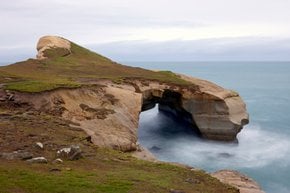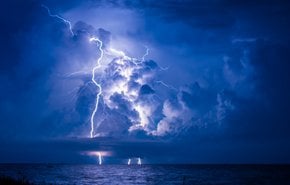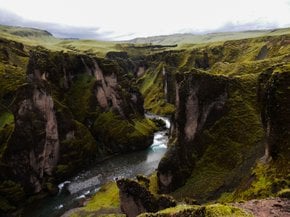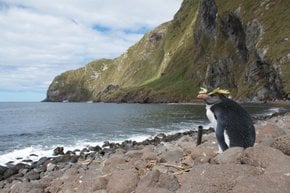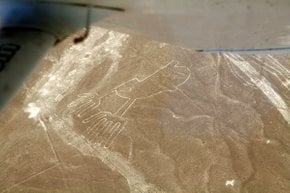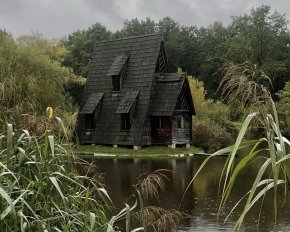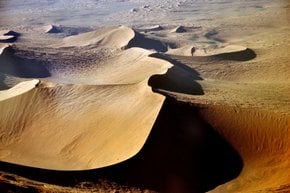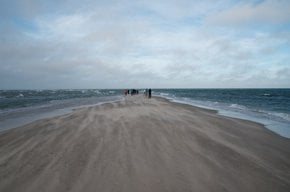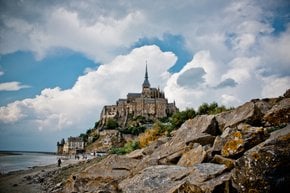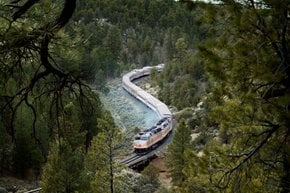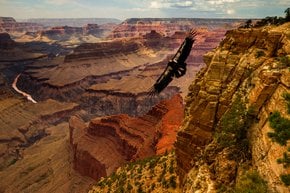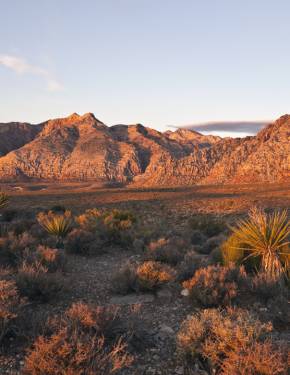Snow-Powdered Landscape in Grand Canyon 2025-2026
Winter itself is a reason to visit the Canyon, with exceptionally beautiful snowscapes and no crowds
Best time: December–February
Winter at the Grand Canyon offers fewer crowds, colder temperatures, occasional snowstorms, and some trail closures. Photographers and landscape enthusiasts can enjoy the unique opportunity to capture snow-covered canyon views and experience the area's quiet solitude. Visitors can hike accessible trails, witness dramatic sunrises and sunsets, and take in the serene atmosphere during this less crowded season.
Best Time
The Grand Canyon offers stunning snowscapes and serene beauty during the winter season, which runs from December to February. This quieter period provides visitors with clear views, breathtaking sunrises, sunsets, and even opportunities to witness Super Moons. Average winter temperatures range from lows of 18°F (-8°C) to highs of 45°F (8°C), making it essential to dress warmly. The Grand Canyon has its weather system and the weather there can quickly and drastically shift. Take the varying cold temperatures into consideration when you're planning and packing. Prioritize your warmth and well-being above all else. Despite the cold, the winter season is ideal for those seeking tranquility and unique experiences away from the busy summer crowds.
Best Winter Landscape Locations
The North Rim of the Grand Canyon, known for its stunning winter scenery, is closed during the winter months due to heavy snowfall and icy conditions, which make access and hiking unsafe. The South Rim, sitting at an elevation of 7,000 feet (2,100 m), remains open year-round. Winter weather here can be severe, with snow and ice common during the coldest months. However, areas within the canyon, such as Phantom Ranch and the Bright Angel Campground, experience milder temperatures, making them ideal for winter visits. Backcountry camping permits are also easier to obtain during this season. Additionally, winter visitors to the South Rim can enjoy less traffic and a quieter experience compared to the busier, warmer months.
South Rim Viewpoints
During winter, the best activity at the Grand Canyon is exploring the viewpoints along the South Rim, particularly around Grand Canyon Village. Mather Point, located near the main visitor center, is the most popular and offers iconic views. Nearby, Yavapai Point provides panoramic vistas and features an indoor museum for those seeking shelter from the cold and wind. Other easily accessible viewpoints include those near Bright Angel Lodge and the Rim Trail within Grand Canyon Village. These areas are connected by main roads, which are typically cleared of snow during the winter, ensuring safe access for visitors. The Yavapai Geology Museum at the Grand Canyon is a must-visit destination as it has large panoramic windows that offer stunning views of the canyon.
Scenic Drives & Hiking Routes
Hermit Road offers a scenic 7.5-mile winter drive with nine viewpoints ideal for leisurely exploration. The Rim Trail, a relatively flat and well-maintained path, provides stunning South Rim views, with the stretch from Mather Point to Yavapai Geology Museum being an easy and picturesque walk. For those seeking more adventure, the Bright Angel Trail descends into the canyon, but conditions vary, so checking for updates is recommended. The South Kaibab Trail, open year-round, features spectacular views, with the first mile to Ooh Aah Point being a popular and manageable winter hike, though icy conditions may occur.
Getting There
Check road and closure updates before visiting the Grand Canyon via the Arizona DOT website or the park's Roads Line. Free South Rim shuttles provide easy access to key viewpoints and trails.
Camping & Lodging
During winter, Mather Campground in Grand Canyon Village accepts reservations, while Trailer Village RV Campground remains open year-round with full hookups. South Rim lodging is also available year-round and fills up quickly during peak times like spring break, summer, and fall weekends. Most accommodations in Grand Canyon Village are within walking distance of the canyon rim, so reservations are highly recommended.
Tours
Winter visitors to the Grand Canyon can enjoy unique experiences like scenic helicopter and airplane tours, which offer breathtaking aerial views. Alternatively, the Grand Canyon Railway provides a scenic ride with a shuttle to key viewpoints, allowing visitors to explore the park’s winter beauty in comfort.
Tickets
The Grand Canyon charges standard entrance fees based on the mode of entry. For a private vehicle, the fee is $35, which covers all occupants for seven days. Motorcyclists pay $30 for the same duration. For individuals entering on foot, by bicycle, or via shuttle, the fee is $20 per person, also valid for seven days. These fees support the park's upkeep and operations.
Travelers' Tips
Lisa, a solo van traveler and outdoor enthusiast, shared with rove.me her tips for visiting the Grand Canyon in winter. She found the recent snowfall made the already breathtaking views even more spectacular. Desert View Drive was a highlight for her, offering stunning vistas at every turn, and Grand View Point was a worthwhile detour for its exceptional scenery.
Lisa hiked the South Rim Trail, describing it as a peaceful and impactful experience, made all the better by the absence of the usual summer crowds. She emphasized the importance of staying on marked trails, as snow can obscure unstable ground near the canyon’s edge.
For those planning a winter visit, Lisa advised dressing warmly and preparing for rapidly changing weather, as the Grand Canyon has its microclimate. She recommended confirming accommodations and activities ahead of time, as some locations and services may be closed in winter. RV travelers should be cautious of black ice and inaccessible backroads, and always have a backup parking plan. Despite these considerations, Lisa encouraged visitors to embrace the smaller crowds and serene, snow-covered landscapes that make winter at the Grand Canyon truly magical.
Safety Tips
Visiting the Grand Canyon in winter comes with colder temperatures, early sunsets (before 6 PM), and the potential for slippery roads and trails due to snow or ice. To stay safe and prepared, visitors should pack a winter emergency travel kit, including shoe traction devices, trekking poles, extra snacks, flashlights or headlamps, and layered clothing to adapt to fluctuating weather conditions.
Super Moon & Stargazing
During the winter, the Super Moon at the Grand Canyon offers a breathtaking sight as the moon appears larger, brighter, and closer to Earth. This mesmerizing view is best experienced when fewer crowds are present, making winter an ideal time. Additionally, stargazing in winter is unparalleled, with the Milky Way visible in a tranquil winter landscape, creating a rare and stunning experience.
Wildlife
Winter in the Grand Canyon offers a unique chance to observe wildlife in a tranquil setting. Mule deer and elk adapt to the cold with thick winter coats, while Abert's and Kaibab squirrels develop ear tassels for insulation. Bald eagles can often be seen soaring above, and California condors, ravens, and Abert's squirrels are active along the rim and in the ponderosa pine forests. Rock squirrels, though less visible, may appear on warmer days after spending much of winter in their burrows. This seasonal adaptation highlights the resilience of the canyon's fauna.



















